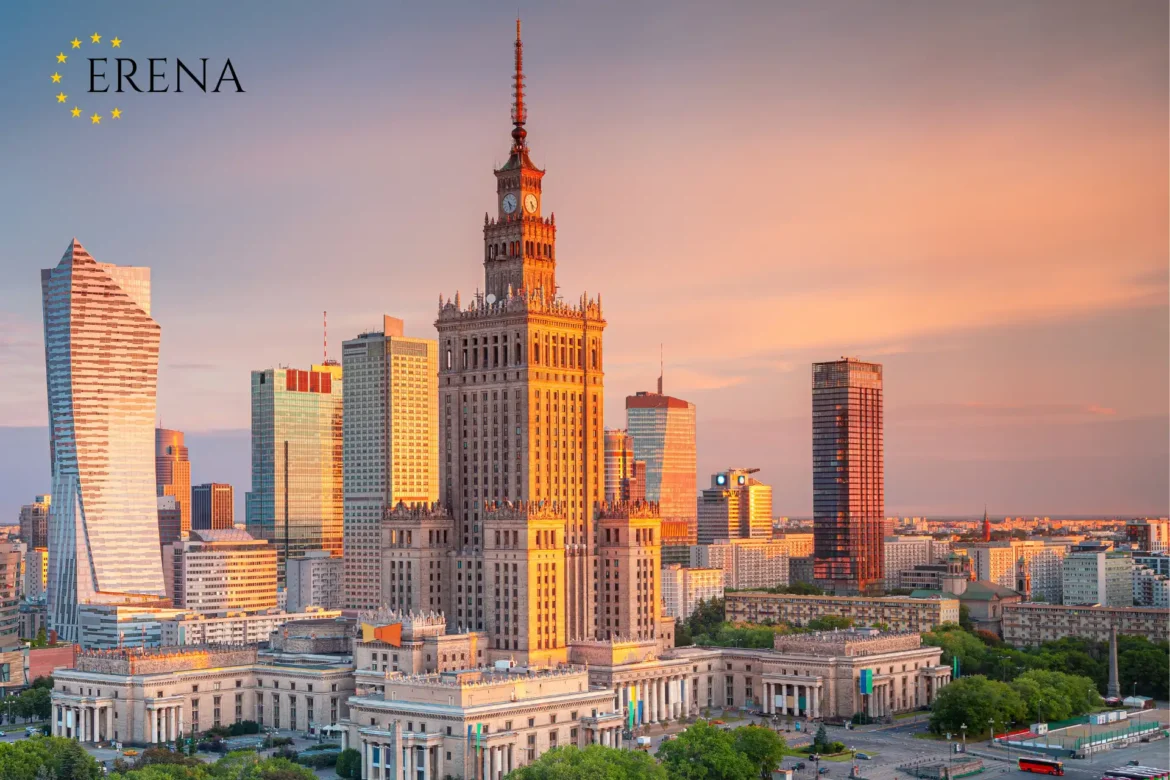The allocation of expenses for rent and utility costs has become an increasingly relevant topic in Poland, especially amidst rising housing and energy prices. Understanding the proportion of utility bills in the total rent payment is essential for tenants and property owners alike. This metric not only helps with budget planning but also provides insight into housing affordability.
Utilities: Key Components
The utility costs in Poland typically include the following categories:
1. Electricity – Expenses for lighting and the operation of household appliances.
2. Water and sewage – Fees for water supply and wastewater disposal.
3. Gas – Primarily used for heating and cooking.
4. Heating – A major expense, especially during the colder months. In most apartment buildings, heating is centralized.
5. Waste disposal – A fixed fee that depends on the number of residents and the region.
6. Internet and cable TV – Though not mandatory, these are often included in the list of modern household expenses.
These costs depend on various factors, including the region, type of property, building infrastructure, and the tenants’ lifestyle. In practice, utilities can account for 20% to 35% of a household’s total budget.
The Impact of Property Type on Utility Share
The ratio of utility expenses to rent heavily depends on the type of property. In modern apartment buildings equipped with energy-efficient technologies, utility payments usually represent a smaller portion of the total rent. For example, such buildings often feature advanced insulation systems, which significantly reduce heating costs.
Conversely, older properties, especially those built before the 1990s, tend to have higher utility expenses. Aging heating systems and inadequate thermal insulation lead to substantial energy losses, increasing utility bills, particularly in the winter.
Regional Differences
Poland exhibits notable regional disparities in housing and utility costs. In major cities like Warsaw, Kraków, and Wrocław, rental prices are significantly higher compared to smaller towns and rural areas. However, utility costs tend to be relatively consistent, as they are regulated by local authorities.
For example:
• Warsaw: The average rent for a one-bedroom apartment is around 3,000–3,500 PLN, with utility bills typically ranging from 600–800 PLN, accounting for approximately 20–25% of the total.
• Kraków: Rent is slightly lower, around 2,500–3,000 PLN, but utility bills can reach 700–900 PLN, raising their share to 30%.
• Smaller cities (e.g., Łódź, Katowice): Rent is about 2,000–2,500 PLN, but utilities, especially in older buildings, can make up to 35% of the total cost.
Seasonal Impact on Utility Expenses
The winter months in Poland bring a significant increase in utility expenses, primarily due to heating costs. This is particularly noticeable in homes with individual gas or electric heating systems, where costs can double compared to the summer months. In apartment buildings with centralized heating, the rise in expenses is less dramatic but still noticeable.
During the summer, utility expenses may stabilize or slightly decrease. However, fees for water, electricity, and waste disposal remain constant, ensuring a relatively stable overall cost.
Economic Factors Affecting Utility Costs
1. Rising energy prices: Like many European countries, Poland has seen an increase in gas and electricity costs, which directly impacts utility bills.
2. Inflation: The overall inflation rate affects the prices of all services, including water supply, sewage, and waste disposal.
3. Government regulation: Electricity and gas tariffs are regulated by the government, which helps to limit price hikes but does not eliminate seasonal fluctuations.
4. Energy modernization: In recent years, Poland has been actively introducing energy-efficient technologies, such as solar panels and heat pumps, allowing some households to reduce their utility expenses.
Comparison with Other Countries
The share of utility costs in Poland is relatively balanced compared to other European countries. For instance, in Northern Europe (e.g., Sweden or Finland), utility expenses are higher due to the colder climate and higher tariffs. In Southern Europe (e.g., Spain, Italy, Greece), utility costs are lower, mainly because of the warm climate and reduced heating needs.
Overall, Poland falls within the mid-range for utility costs, making the country attractive to both local residents and foreign tenants looking for a balanced cost-to-utility ratio.
Strategies for Optimizing Utility Expenses
Optimizing utility expenses is an important goal for both tenants and property owners. Several effective strategies can help reduce the share of utilities:
1. Investing in energy efficiency: Installing energy-saving windows, thermal insulation, and smart heating systems can significantly lower costs.
2. Using renewable energy sources: Solar panels and heat pumps are becoming increasingly popular in Poland, especially in private homes.
3. Installing water and electricity meters: Individual meters allow tenants to monitor and regulate their resource consumption.
4. Choosing modern housing: New buildings with advanced heating and energy-saving systems often ensure lower utility expenses.
Future Trends and Forecasts
In the coming years, utility tariffs in Poland are expected to continue rising due to global economic trends and increasing energy costs. However, simultaneously, the country is developing programs to support energy-efficient solutions, which may partially offset this increase.
Conclusion
Utility expenses are a critical component of the total cost of renting housing in Poland. Their share can vary depending on the region, type of property, and season but generally ranges from 20% to 35%. Understanding these factors enables tenants to better plan their expenses, while property owners can make informed decisions about modernizing their assets.
The balanced cost of rent and utilities makes Poland an attractive place to live and invest in real estate. However, to maintain this appeal, it is essential to continue developing energy-efficient technologies and infrastructure, which will help reduce utility expenses and improve the overall quality of life.
The Share of Utility Costs in the Total Rent Payment in Poland
776

